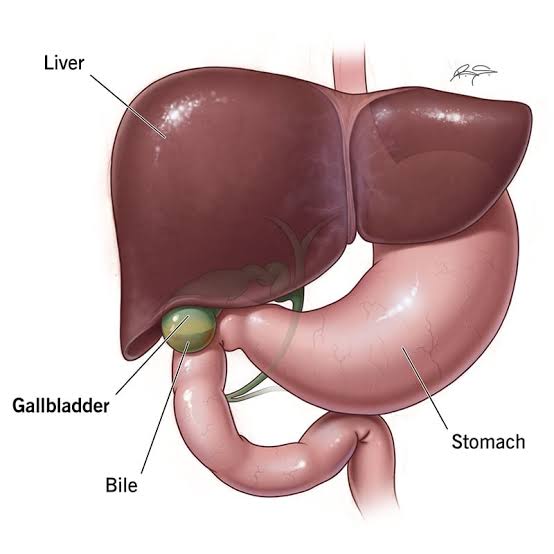Gallbladder
Overview
A cholecystectomy (koh-luh-sis-TEK-tuh-me) is a surgical procedure to remove your gallbladder – a pear-shaped organ that sits just below your liver on the upper right side of your abdomen. Your gallbladder collects and stores bile – a digestive fluid produced in your liver. A cholecystectomy is most commonly performed by inserting a tiny video camera and special surgical tools through four small incisions to see inside your abdomen and remove the gallbladder. The procedure is called as laparoscopic cholecystectomy. In some cases, one large incision may be used to remove the gallbladder. This is called an open cholecystectomy.
Why it’s done
A cholecystectomy is most commonly performed to treat gallstones and the complications they cause. Your doctor may recommend a cholecystectomy if you have:
- Gallstones in the gallbladder (cholelithiasis)
- Gallstones in the bile duct (choledocholithiasis)
- Gallbladder inflammation (cholecystitis)
- Large gallbladder polyps
- Pancreas inflammation (pancreatitis) due to gallstones
Risks
A cholecystectomy carries a small risk of complications including:
- Bile leak
- Bleeding
- Infection
- Injury to nearby structures, such as the bile duct, liver and small intestine
- Risks of general anesthesia, such as blood clots and pneumonia
Your risk of complications depends on your overall health and the reason for your cholecystectomy.
Results
cholecystectomy can relieve the pain and discomfort of gallstones. Conservative treatments, such as dietary modifications, usually can’t stop gallstones from recurring. In most cases, a cholecystectomy will prevent gallstones from coming back. Most people won’t experience digestive problems after a cholecystectomy. Your gallbladder isn’t essential to healthy digestion. Some people may experience occasional loose stool after the procedure, which generally resolves over time. Discuss with your doctor any changes in your bowel habits or new symptoms following your procedure. How quickly you can return to normal activities after a cholecystectomy depends on which procedure your surgeon uses and your overall health. People undergoing a laparoscopic cholecystectomy may be able to go back to work in a matter of days. Those undergoing an open cholecystectomy may need a week or more to recover enough to return to work.

